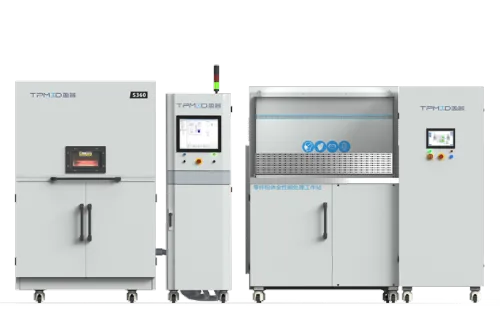
Key elements for 3D printing technology to go carbon neutral
From a technical point of view, what are the core elements of 3D printing to deal with carbon neutrality.
1) Materials One key way 3D printing can reduce your carbon footprint is by using less material for each part, component, product. Compared with traditional manufacturing, 3D printing has greatly reduced the cutting, milling, and grinding links, and the material usage rate of the final product has been greatly improved. Another approach to potential energy consumption is to replace parts made of energy-intensive materials in traditional designs. In many cases, 3D printed polymer or composite parts can also impart the same properties. From this perspective, the key to both subtractive design and material replacement design is positive design, which requires the most suitable materials to manufacture the lowest carbon parts. The development of environmentally friendly materials suitable for 3D printing is one of the most important elements in the process.
2) The use of 3D printing should bring products to the improvement of appearance, function, performance and durability, which will reduce the carbon footprint in terms of service life. Forward design, manufacturing the best product with the least material design is the most important factor in this link.
3) Recycling Like the bottleneck of the recycling and reuse of all industrial products, the core problem of 3D printing products lies in the judgment of permissible use, the method of recycling and the standard of reuse.
4) On-site and on-demand 3D printing manufacturing reduces overall energy waste and reduces carbon footprint. Environmental costs of assembly, transport, logistics, maintenance, storage are completely or almost eliminated. The underlying logic behind 3D printing is to produce affordable products in an efficient and effective way, thus durable, lighter (especially advantageous when transporting) and with virtually zero waste of material. The focus is on high quality, high efficiency and low volume manufacturing.
